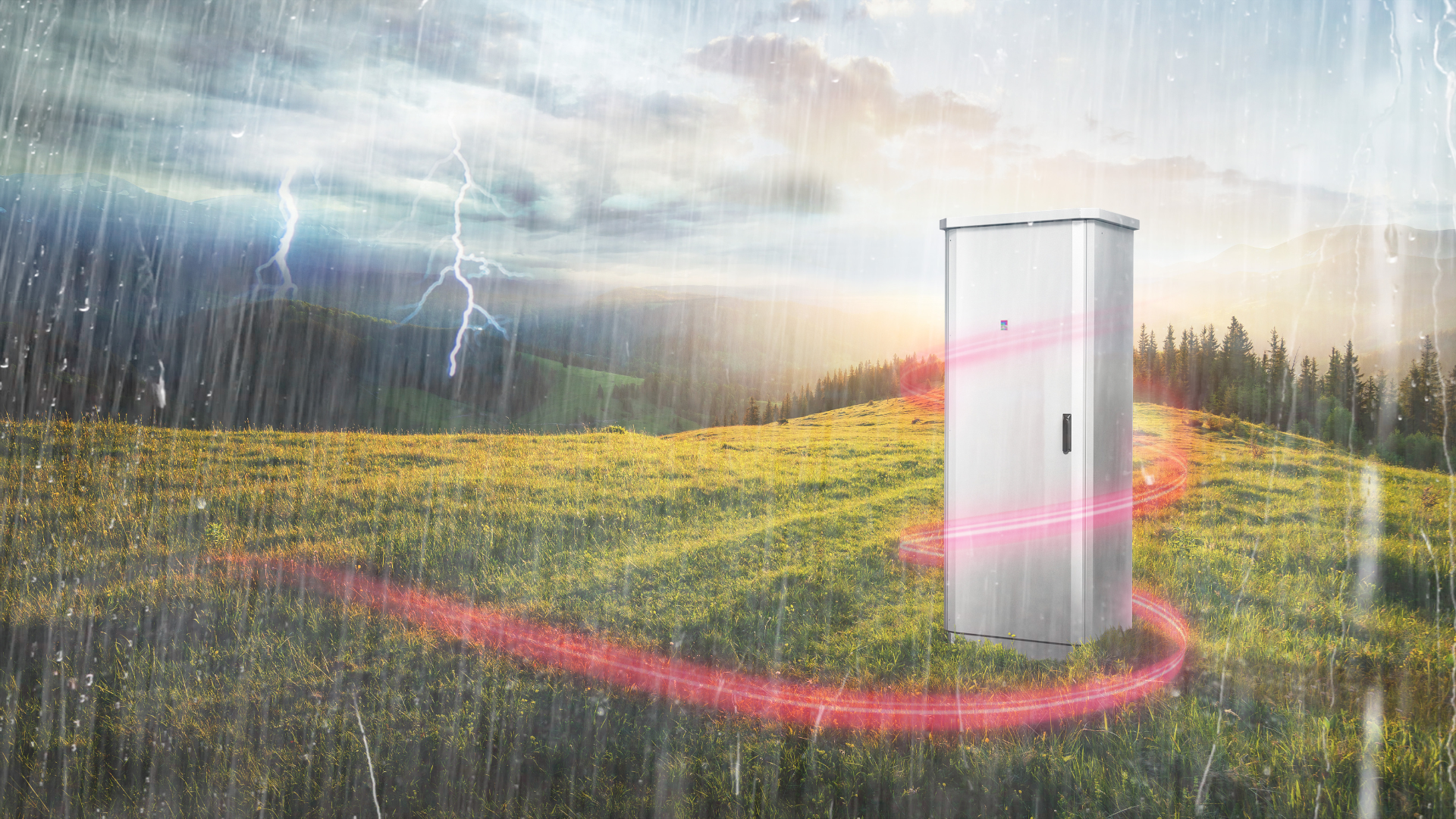
Choosing the Perfect Weatherproof Enclosure: Single-Walled or Double-Walled?
When it comes to protecting sensitive equipment or control systems in outdoor environments, selecting the right enclosure is crucial. Not only must the enclosure be weatherproof, it must be able to withstand other external forces which will vary depending on the outdoor application and industry, for example Rail and Energy. In this blog, we explore the difference between single-walled and double-walled weatherproof enclosures.
As the use of controls, telecom nodes, and monitoring equipment outdoors continues to rise, it becomes essential to provide them with suitable housing for protection. Weatherproof enclosures come in various sizes and designs, and one of the significant factors to consider is whether to opt for a single-walled or double-walled construction. In this blog, we examine the reasons behind choosing either type of outdoor housing and provide guidance to help you make an informed decision based on your specific application.
Ensuring a Robust Weatherproof Enclosure
A double-walled weatherproof enclosure offers several advantages over its single-walled counterpart. However, factors such as climate control, resistance to vandalism, and the surrounding environment's substances also influence the choice. It's important to address these considerations before determining whether a single-walled or double-walled enclosure is the right fit. The optimal choice depends on how these factors interact with each other.
For instance, a double-walled enclosure with a high IP rating provides superior water resistance and breathability, making it more resilient against dust and water influences. The ventilation capabilities of the enclosure are particularly crucial in preventing condensation. Additionally, a double-walled construction can withstand greater external impacts compared to a single-walled enclosure. If the equipment is prone to physical stress, such as being subjected to harsh conditions or potential impacts, a double-walled waterproof enclosure is the preferred option. However, if you are installing a simple controller in a robust environment, a single-walled plastic enclosure may still be an excellent solution. Look for one that is UV-resistant and double-insulated, but remember to consider the temperature inside the enclosure as well.
Creating an Optimal Indoor Climate
In addition to robust protection, maintaining an optimal climate within the enclousre is equally crucial. Electronic components are highly sensitive to temperature fluctuations, excessive heat, low temperatures, and moisture. The choice of the enclosure's outer casing significantly influences the internal climate. Opting for a double-walled housing offers several advantages in terms of climate control.
A double wall acts as an effective insulator, enabling the enclosure to absorb temperature variations with the external environment, resulting in a more stable internal temperature. This stability has a positive impact on the lifespan of the components, safeguarding their functionality and longevity.
Furthermore, the double-wall design facilitates natural convection within the outdoor enclosure. As the temperature inside the enclosure rises, the temperature difference triggers a natural airflow within the double-wall. Through convection, heat is transferred to the cooler air, causing it to rise. This upward airflow then exits the enclosure through vents located in the roof. Essentially, the double-wall functions as a natural cooling mechanism, promoting proper heat dissipation and ensuring a favourable climate for the housed equipment.
Should Your Weatherproof Enclosure be single or double-wall?
In most situations, a double-walled outer casing has an advantage over the single-walled outer casing. For example, a double-walled outdoor housing is a smart choice in situations that require robust protection. Is it about highly temperature-sensitive components or challenging climatic conditions, such as a location directly in the sun? Even then, the better climatic properties of a double-walled housing are decisive.




